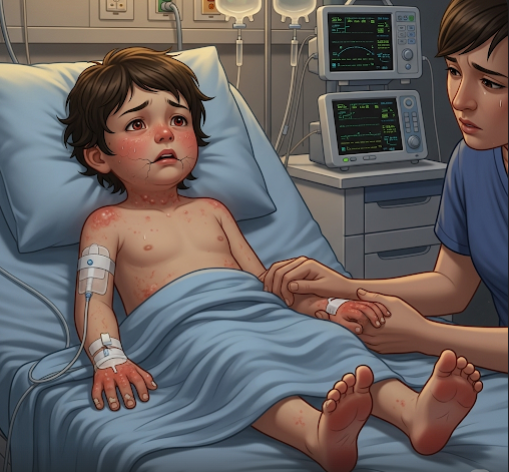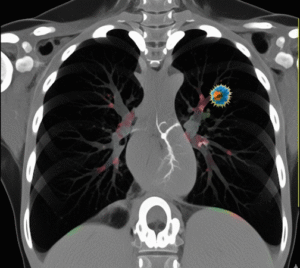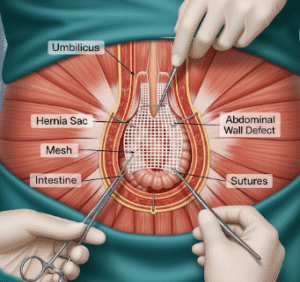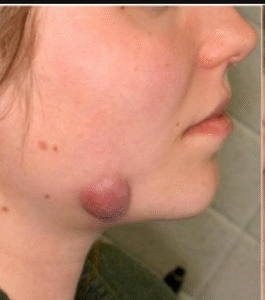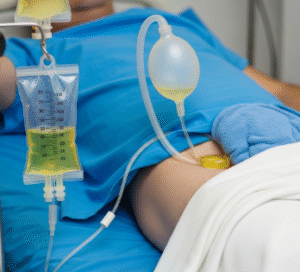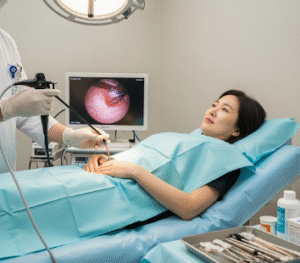Overview
Kawasaki Disease is an acute, systemic vasculitis primarily affecting children under five years old. It causes inflammation of blood vessels throughout the body and is a leading cause of acquired heart disease in children worldwide. The exact cause remains unknown, but timely diagnosis and treatment are crucial to prevent serious heart complications. Korea offers advanced pediatric care with experienced specialists and state-of-the-art facilities to diagnose and manage Kawasaki Disease effectively.
What Is Kawasaki Disease?
Kawasaki Disease is a rare but serious illness that causes inflammation of medium-sized arteries, especially the coronary arteries supplying the heart. It is characterized by fever, rash, swelling of the hands and feet, redness of the eyes, lips, and tongue, and lymph node enlargement. The disease progresses through phases and can lead to coronary artery aneurysms if untreated.
Symptoms
- High fever lasting more than five days, unresponsive to usual medications
- Red eyes (conjunctivitis) without discharge
- Red, cracked lips and a “strawberry” tongue
- Rash on the trunk and extremities
- Swelling and redness of the hands and feet, followed by peeling skin
- Enlarged lymph nodes, especially in the neck
- Irritability and fatigue in affected children
Causes
The exact cause is unknown, but Kawasaki Disease is believed to result from an abnormal immune response to an infection or environmental trigger in genetically susceptible children. It is not contagious.
Risk Factors
- Age under 5 years (most common)
- Boys slightly more affected than girls
- Family history of Kawasaki Disease
- Certain ethnicities, including higher incidence in East Asian populations such as Koreans and Japanese
Complications
- Coronary artery aneurysms (dilation or bulging of heart arteries)
- Myocarditis (inflammation of the heart muscle)
- Heart valve problems
- Arrhythmias (irregular heartbeats)
- Long-term heart damage if untreated
Prevention
There is no known way to prevent Kawasaki Disease due to unknown causes. Early recognition and treatment are essential to prevent complications.
Treatment Options in Korea
- Intravenous Immunoglobulin (IVIG): The primary treatment to reduce inflammation and risk of coronary artery complications, typically given within the first 10 days of illness.
- Aspirin Therapy: Used alongside IVIG to reduce inflammation and prevent blood clots.
- Close Cardiac Monitoring: Echocardiograms to track heart artery involvement during and after treatment.
- Additional Treatments: For resistant cases, corticosteroids or other immunosuppressive agents may be used.
- Specialized Pediatric Care: Korea’s hospitals provide expert pediatric cardiologists and rheumatologists, advanced imaging, and comprehensive follow-up care to ensure full recovery and minimize long-term risks.

